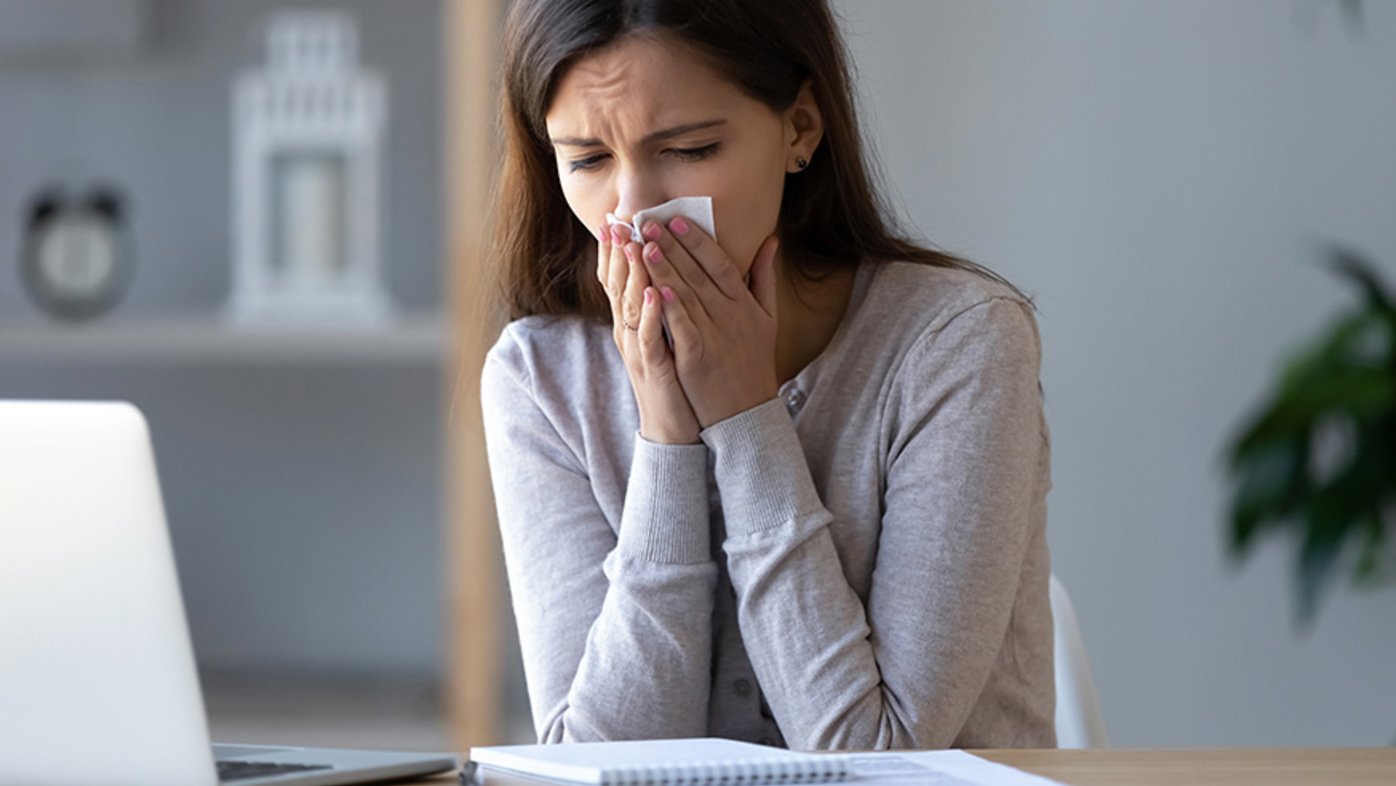
Relief for chronic sinusitis
An ENT doctor answers questions about common treatments for chronic sinusitis.
When you're spending time outdoors, sunscreen is a must. It protects your skin from the sun's harmful UV rays that can cause aging and skin cancer. But lately, some sunscreen ingredients are under fire for not being environmentally safe. This has dermatologists concerned about a decline in sunscreen usage and a rise in skin cancer rates.
"We know that sun exposure is associated with skin cancer, and we've spent the last several decades educating the public about the preventive benefits of wearing sun protection," says Dr. Mona Mofid, a board-certified dermatologist with Sharp Community Medical Group.
"More than 3 million Americans develop skin cancer every year, and many people don't realize that one person dies every hour in our country from melanoma," she says. "But if you protect your skin, it's one of the most preventable cancers."
Ingredients to avoid, new sunscreen rules and a contaminant
Two ingredients have come into question when it comes to environmental safety: oxybenzone and octinoxate. Hawaii is now banning any sunscreen containing these ingredients because recent research indicates they are leaving users bodies and bleaching ocean coral reefs and causing irreparable damage, including eliminating the nutrients that sustain local marine life.
Key West, Florida, and the Island of Palau have also followed suit and are now banning them for the same reason. And California is considering a similar ban.
Recently, concerns have also been raised about benzene, a known carcinogen. While not usually a sunscreen ingredient, benzene was found in several widely used sunscreen and after-sun products, likely due to contamination during the manufacturing process.
Dr. Mofid says benzene is found in all fossil fuels and is ubiquitous in urban air. “Anytime you burn anything or are exposed to vehicle exhaust or tobacco smoking, you are likely exposed to benzene, making it difficult to avoid,” she says.
While benzene is not likely to become a widespread problem in sunscreen, the amounts can add up to a significant chronic exposure over a lifetime for humans. However, given that ultraviolet radiation is a well-established carcinogen, Dr. Mofid advises that avoiding sunscreen over benzene concerns could prove more harmful than exposure to trace amounts.
Choosing mineral-based sunscreen
When Dr. Mofid is asked by patients which sunscreen is best for the environment, she advises them to read the label. Look for sunscreens that contain only zinc or titanium, she says.
"Avoid sunscreens containing oxybenzone and octinoxate," Dr. Mofid says. "I like to say if you have a hard time spelling or pronouncing it — similar to food ingredients -— you probably should choose an alternative. Zinc and titanium are natural ingredients that reflect the UV rays away from your skin."
Most sunscreens protect skin from sun damage in one of two ways, either with a mineral barrier or a chemical one. Chemical-based ingredients (including oxybenzone and octinoxate) create a chemical reaction that breaks up the harmful UV rays.
Mineral-based sunscreens (usually composed of titanium or zinc) work by sitting on top of the skin to deflect UV rays. They are generally safer and provide broad-spectrum protection against skin cancer and aging.
"You may have to make a switch, but there are many environmentally friendly choices that are reef- and marine-safe," says Dr. Mofid.
What does this mean for San Diego?
Whether a sunscreen ban will catch on in California remains to be seen. San Diego attracts a high volume of visitors who come here for our 70 miles of beautiful coastline. And when tourists hit the water, the sunscreen they wear washes off into the ocean.
One study estimates that 14,000 tons of sunscreen enters the world's oceans every year. And while San Diego's ocean reefs are different that those found in Hawaii or the Mediterranean, they're just as full of life. The West Coast is also home to kelp beds that make up a complex ecosystem supporting countless species.
"By going with an alternative sunscreen, you can do two great things: protect your skin and the ocean," Dr. Mofid says.
Dr. Mofid also points out that there are other options to protect your skin if you have environmental concerns. She recommends wearing protective clothing with UV protection, a hat and sunglasses. "And avoid being in the sun during the hottest part of the day, usually between 10 am to 4 pm," she says.
To learn more about sun safety, watch Dr. Mofid's video on 5 simple ways to keep your skin healthy.
Our weekly email brings you the latest health tips, recipes and stories.